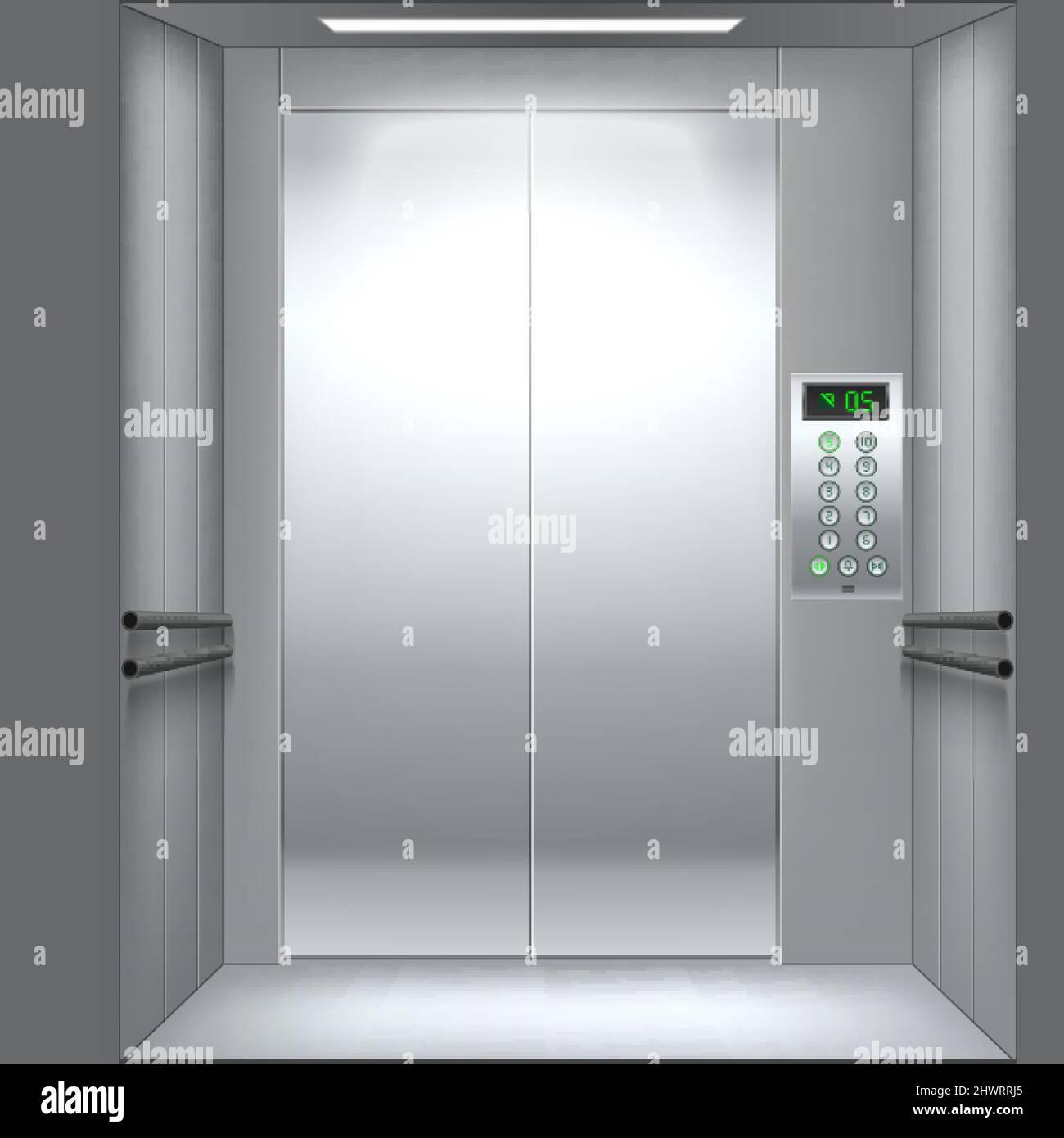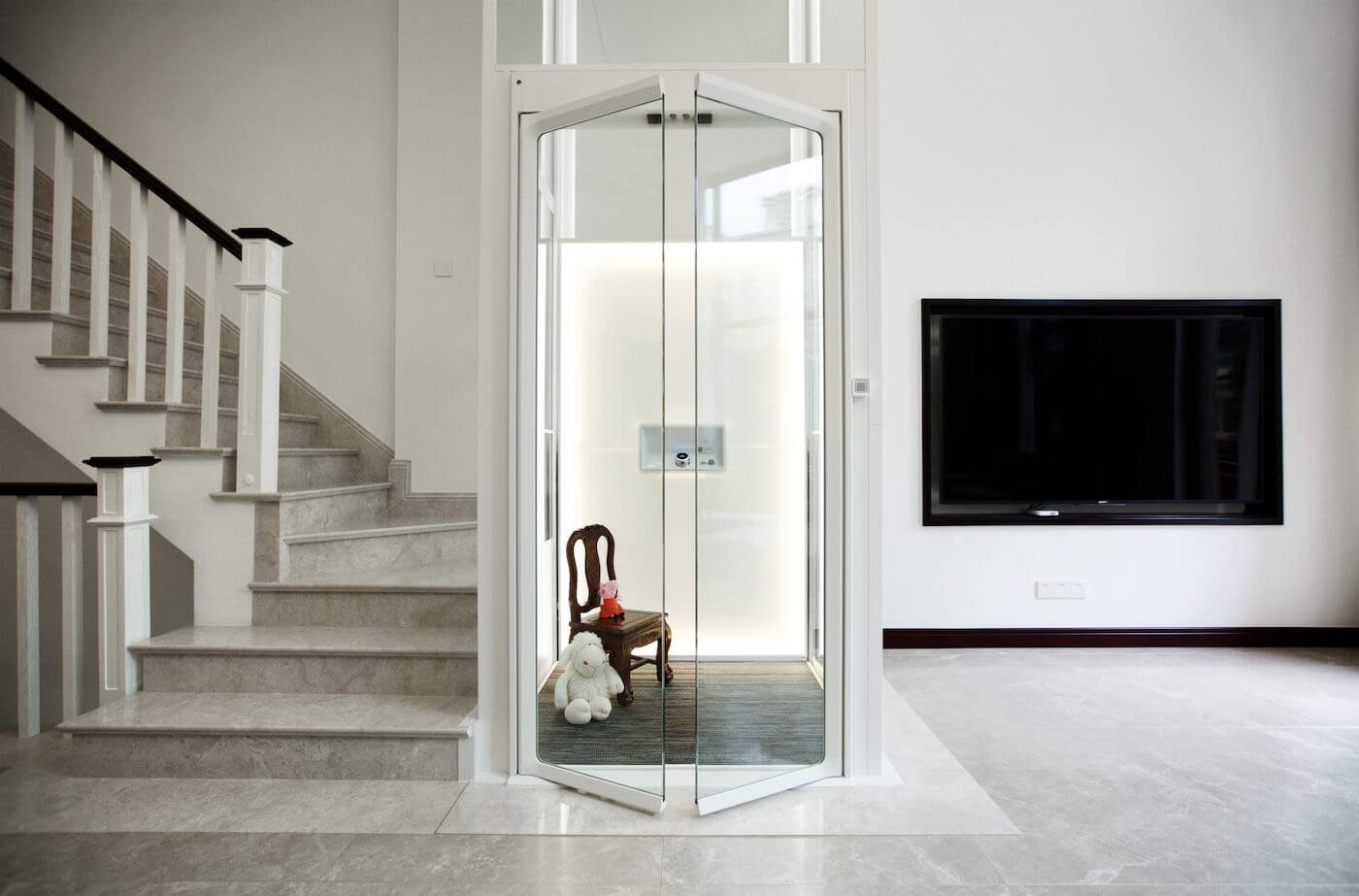Diving Into the Globe of Lifts: Common Problems Encountered by Various Lift Devices
As we browse with the upright transport systems of contemporary structures, elevators stand out as an important part of our daily lives. From hydraulic lifts to grip systems and machine-room-less designs, each lift type comes with its collection of common issues.
Hydraulic Lifts
Hydraulic lifts, frequently liked for low-rise structures, utilize fluid pressure to regulate the activity of the elevator automobile (lift repair companies). This device involves a hydraulic pump pushing oil into a cyndrical tube, creating the elevator to move in the wanted instructions. While hydraulic elevators are understood for their smooth and silent operation, they do come with their own set of typical concerns
One common issue with hydraulic elevators is oil leakage. Additionally, issues with the control system, such as faulty valves or a malfunctioning pump, can create disturbances in the lift's activity.
Routine maintenance and prompt repair work are vital to make sure the smooth functioning of hydraulic elevators. By addressing these common concerns proactively, structure owners can reduce downtime and ensure the safety and performance of their upright transportation system.
Traction Lifts
When thinking about vertical transport systems in structures, one more common kind other than hydraulic elevators is the grip lift. Traction lifts run using a system of ropes and weights that relocate the elevator car by clutching onto the hoist ropes. This system allows for smoother and much faster upright transportation contrasted to hydraulic systems.
One of the usual problems faced by grip elevators is rope wear. The consistent motion of the ropes within the traction system can cause wear and tear gradually, potentially triggering the elevator to breakdown or become harmful for use. Regular assessments and maintenance of the ropes are necessary to guarantee the lift's appropriate performance and safety.
An additional issue that grip elevators may run into is associated with the control system. Troubles with the control system can lead to problems such as erratic motion, hold-ups in reaction times, and even full shutdowns. Normal screening and maintenance of the control system are critical to avoid such concerns and ensure the elevator's integrity.
Machine-Room-Less (MRL) Elevators

One of the vital elements of MRL lifts is the portable gearless traction machine that is set up within the hoistway. This device successfully drives the elevator car without the demand for cumbersome equipment found in standard traction lifts. Furthermore, MRL elevators commonly utilize a counterweight system to lift companies in London stabilize the car, more improving their energy performance.
Regardless of their advantages, MRL lifts may encounter challenges associated with upkeep and repair work as a result of the confined area for tools installation. Availability for servicing parts within the shaft can be limited, needing specialized training for specialists. Appropriate upkeep schedules and regular assessments are crucial to guarantee the continued smooth procedure of MRL lifts.
Overloading and Weight Limit Issues
Are elevators furnished to take care of excess weight lots efficiently and safely? Overwhelming and weight limitation concerns are critical issues in elevator procedures. Lift suppliers design lifts with particular weight capabilities to make certain guest safety and equipment longevity. Exceeding these weight limits can result in different issues, including mechanical failures, delays, and safety risks.
When lifts are overwhelmed, it puts excessive strain on the electric motor, cords, and various other elements, potentially creating malfunctions or malfunctions. If they find excess weight, security mechanisms such as sensing units and overload sensors are in place to protect against lifts from moving. In addition, surpassing weight limits can bring about boosted energy intake and deterioration on the lift system.
To alleviate overloading concerns, constructing supervisors must prominently present weight limitations in lifts and inform occupants on the value of adhering to these limitations - lift repair companies. Regular upkeep checks by qualified professionals can also aid guarantee that lifts are operating within risk-free weight parameters. By attending to overloading and weight limitation concerns proactively, structure proprietors can improve elevator security and effectiveness
Electrical System Failings
Exceeding weight limits in elevators can not only lead to mechanical issues but also potentially contribute to electrical system failings within the lift framework. Electric system failings are an essential concern in lift procedure, as they can create unanticipated closures, breakdowns, or even safety hazards.
Normal maintenance and inspections are critical to determine and address possible electric we maintain lifts problems quickly, ensuring the efficient and secure procedure of lift systems. By adhering to weight restrictions and carrying out regular electrical system checks, structure owners can alleviate the risk of london lift company electric failings in elevators.
Verdict

Hydraulic elevators, often favored for low-rise structures, use fluid pressure to manage the movement of the lift automobile.When considering upright transportation systems in structures, one more common kind aside from hydraulic lifts is the traction lift. Traction elevators run utilizing a system of ropes and counterweights that relocate the elevator cars and truck by gripping onto the hoist ropes. Unlike typical elevators that call for a separate maker room to house the tools, MRL elevators incorporate many of the elements within the shaft, removing the requirement for a committed device area.In conclusion, lifts face typical concerns such as hydraulic malfunctions, grip system failings, and electrical system issues.